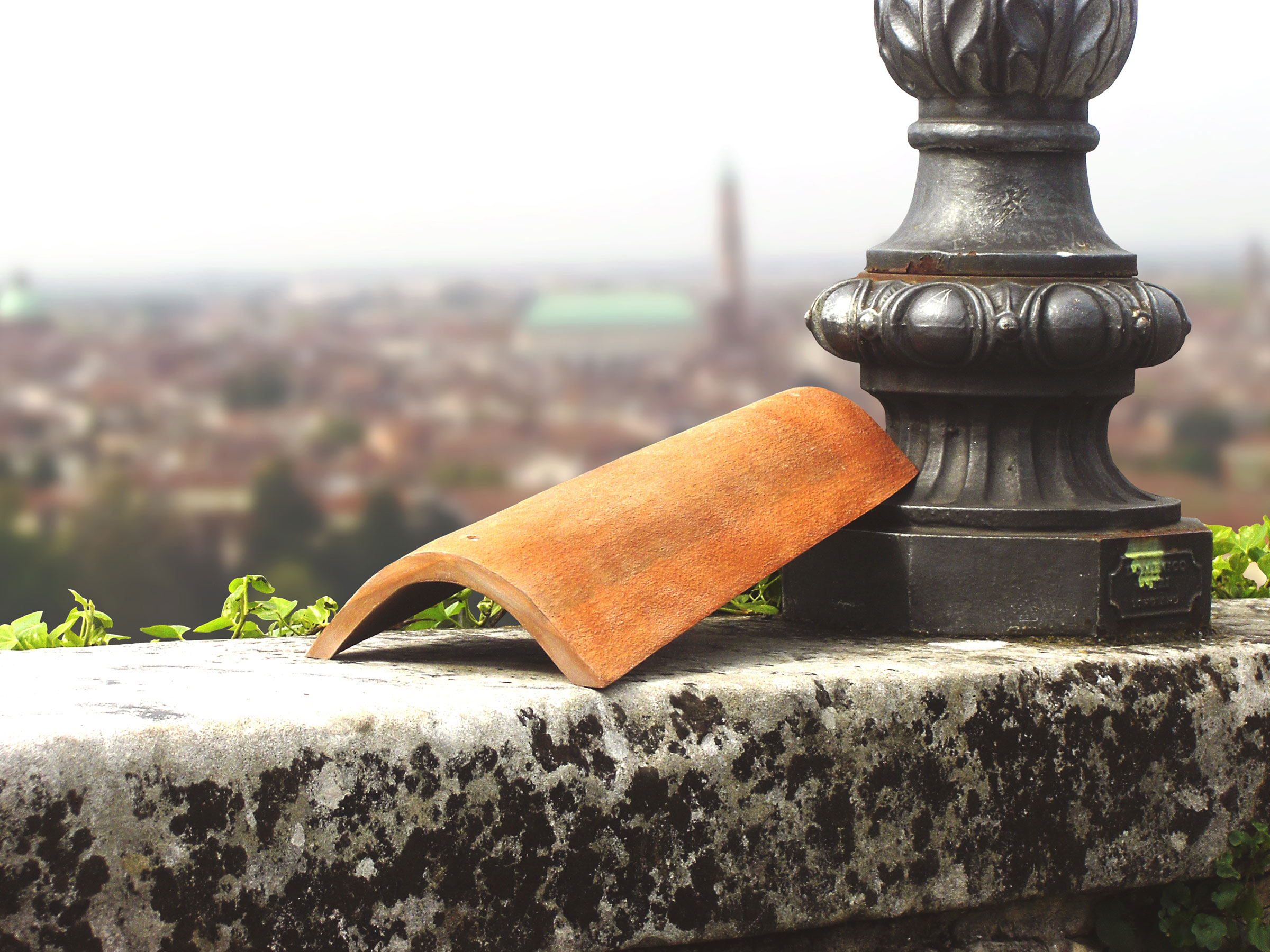Pompeii has a secret: 223 roof tiles on the House of the Vettii are solar. Started in Vicenza, Italy, Dyaqua makes solar tiles that look like traditional terracotta shingles; though they appear to be opaque clay, each photovoltaic panel has a surface layer that allows light to pass through to the solar cells beneath. Unlike modern-looking glass panels, Dyaqua’s enable solar power at sites that couldn’t otherwise use them for reasons of historical accuracy or aesthetics. “Solar panels are banned from Vicenza—as in many places in Italy and in the world,” says Dyaqua’s Elisa Quagliato, daughter of the inventor. “Their lack of integration would damage the cultural value of historical buildings.” They may not provide as much energy as a traditional solar array, but the tiles are now being used as part of a European Union-funded project to make historic cities
- The 100 Most Influential People of 2024
- How Far Trump Would Go
- Why Maternity Care Is Underpaid
- Scenes From Pro-Palestinian Encampments Across U.S. Universities
- Saving Seconds Is Better Than Hours
- Why Your Breakfast Should Start with a Vegetable
- Welcome to the Golden Age of Ryan Gosling
- Want Weekly Recs on What to Watch, Read, and More? Sign Up for Worth Your Time
